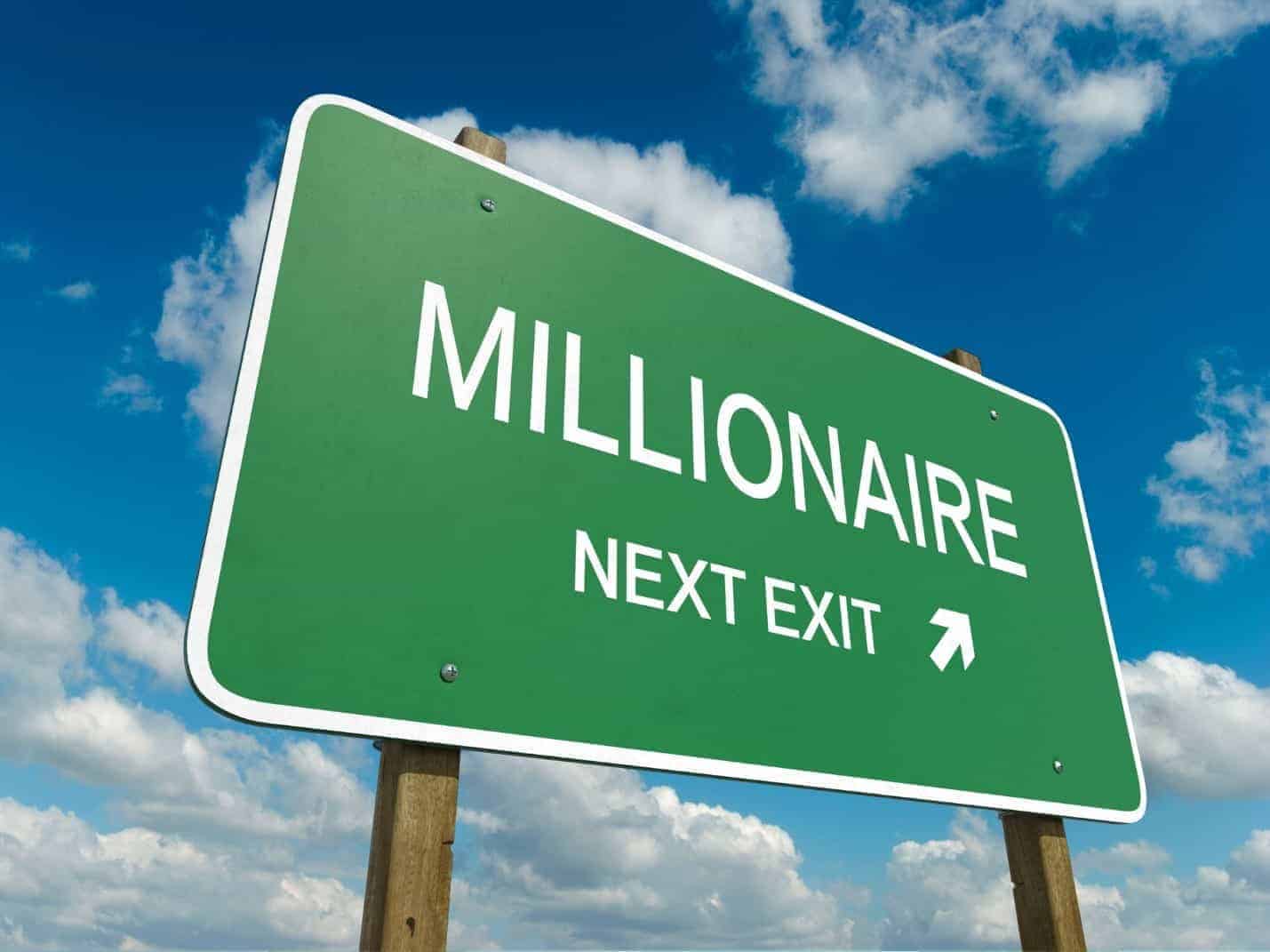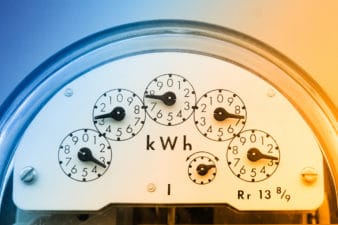Earlier this week, I wrote an article explaining what was required for investors to build wealth inside a Tax-Free Savings Account (TFSA) in the amount of $5 million. While figuring out what needs to be done to reach an end goal is a good idea, there are investors who prefer to ignore that goal and instead want to focus on returns. Since there is no right or wrong approach, let’s take a look at what happens to investors who are successful at achieving various rates of returns under different circumstances.
The first thing we will do is establish the end date for the account. Since Old Age Security (OAS) and the Canadian Pension Plan (CPP) kick in at age 65 (without any reductions) it is fair to take this age as the end point. Next, we will take four different investors, age 20, 30, 40, and 50, who each choose to invest the maximum $5,500 contributions and get various returns. Here are the results.
The first investor, who is no more than 20 years old, has 45 years to make annual contributions of $5,500 and will reap the rewards of long-term investing. With a reasonable return of 5%, the end result will be no less than $878,350. If the return were a little better at 6%, then the amount would grow to $1,170,089. Lastly, at a 7% rate of return, the account balance would reach an astonishing $1,571,621!
While a 1% difference in return may not seem like much, over a lifetime the difference for an average individual can add up to a difference close to $400,000.
The next investor on our list is the 30-year-old, who also begins with a zero balance and contributes the same $5,500 annually and has the opportunity to make the same returns of 5%, 6%, and 7%. The end results for this investor at age 65 will be $496,762, $612,891, or $760,303. While the balances are much less in comparison to our younger investor, we have to realize the difference is due to contributions that are $55,000 less than the previous investor and a time frame that is a decade shorter.
The third investor on our list is the 40-year-old who only has 25 years of contributions and compounding. The results for this investor will be $262,499, $301,755, and $347,870 at age 65.
For the fourth investor (the 50-year-old), the results after 15 years of contributions and compounding will be $118,682, $128,018, and $138,210 at age 65.
How can I get there?
With returns assumed to be very reasonable, it is possible for investors to achieve these metrics over a long period of time without taking on excess risk. Taking grocery giant Loblaw Companies Ltd. (TSX:L) as an example, the total price return of the stock of the past decade has been 52%, translating a compound annual growth rate (CAGR) of 4.76%. In addition, the dividend currently pays investors a yield close to 1.5%.
For investors who may be discouraged over short-term performance, there is no need to worry. Investing is a long-term game, and the fun is about the journey, not the end result.









